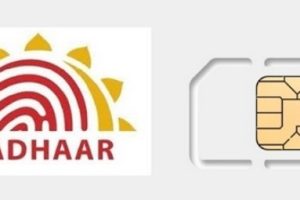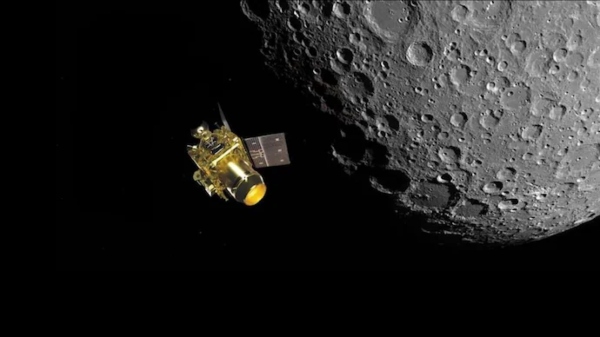Chandrayaan-3 Mission: Space strategist PK Ghosh on Sunday said that one of the biggest challenges in the landing of Indian spacecraft on the lunar surface is to get the spacecraft from a horizontal to a vertical position.
After a successful reduction of the orbit of the Chandrayaan-3’s lander module, the Indian spacecraft is expected to touch down on the surface of the Moon at 1804 hours on August 23.
Speaking to ANI, PK Ghosh said, “One of the biggest things is that it has got to get the spacecraft from a horizontal position to a vertical position. That is difficult. All these aspects have to be looked into.”
He further explained the process of deboosting or retro firing which enables the spacecraft to reduce its speed.
“You must realise that it is travelling at a tremendous speed more than 6000 kilometres per hour and then it has got to reduce it to near zero, nearly 1 meter/second. In this, you try to get the spacecraft into a circular orbit and now it is almost circular. The perigee is just about 25 kilometres. This is the second of the deboosting, orbit-adjusting manoeuvres. Finally, on the 23rd you will see that it will start coming down,” Ghosh told ANI.
Launched on 14 July 2023, Chandrayaan-3 underwent more than five manoeuvres so far. Yesterday, the final deboosting operation of Chandrayaan-3 was carried out successfully. Now, the powered descent is expected to start on August 23.
On Friday, Chandrayaan-3’s Vikram lander underwent a crucial deboosting manoeuvre and descended to a slightly lower orbit, after successfully getting separated from the propulsion module the day before.
ISRO is bidding to make a successful soft landing on the moon, which will make India the fourth country in the world to achieve the feat after the United States, Russia, and China. Besides, India will become the first country to reach Moon’s south polar region if the Chandrayaan-3 mission becomes successful.
Chandrayaan-3 is the ISRO’s follow-up attempt after the Chandrayaan-2 mission faced challenges during its soft landing on the lunar surface in 2019 and was eventually deemed to have failed its core mission objectives.
Developed by ISRO, Chandrayaan-3 includes a lander module named Vikram, which means “valour” in Sanskrit, and a rover named Pragyan, Sanskrit for “wisdom”.
The mission comes with a price tag of around ₹60live0 crore — far lower than those of other countries, and a testament to India’s frugal space engineering.
Source By: livemint










